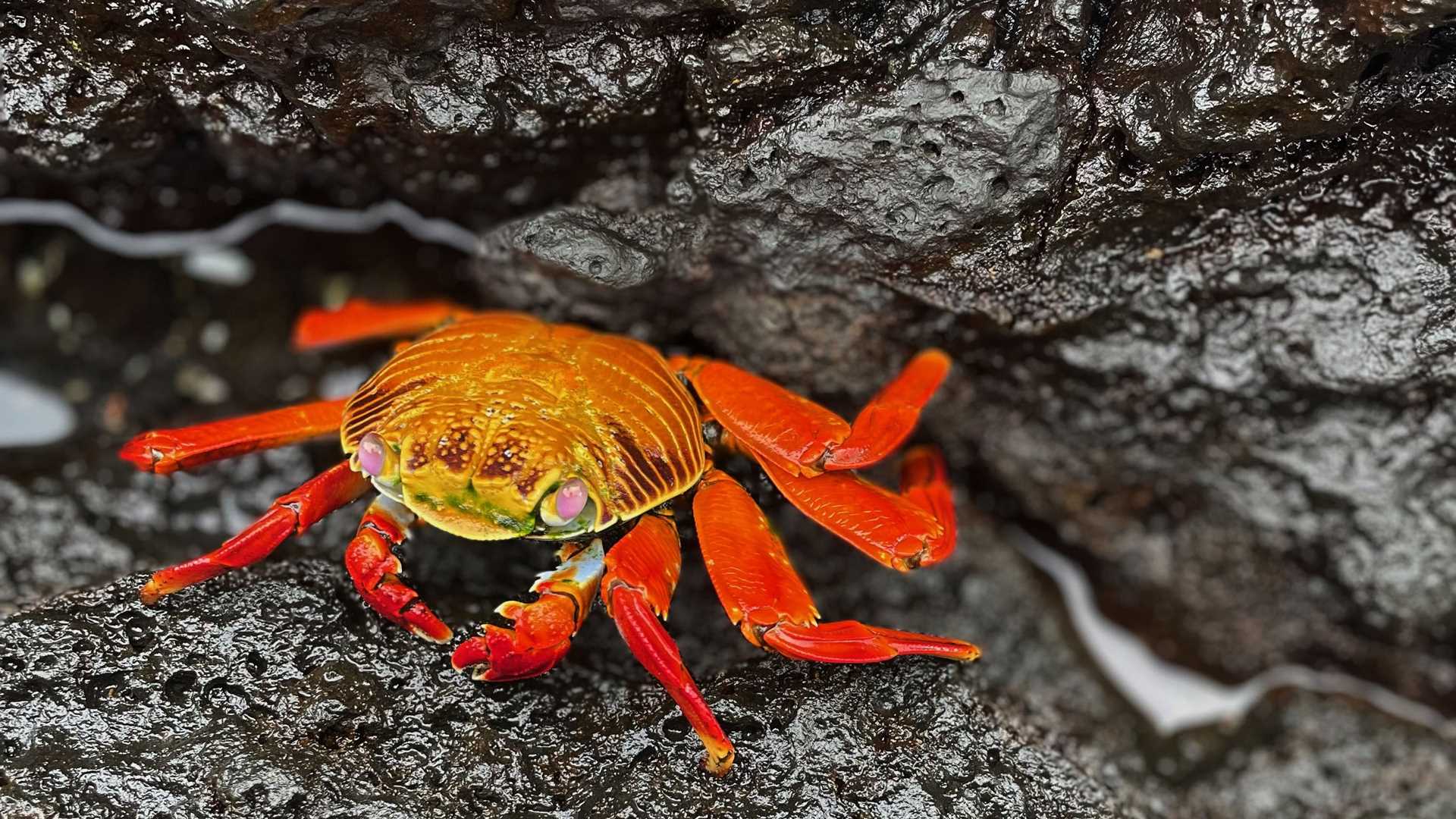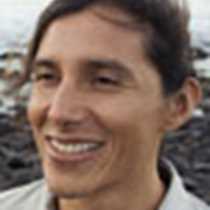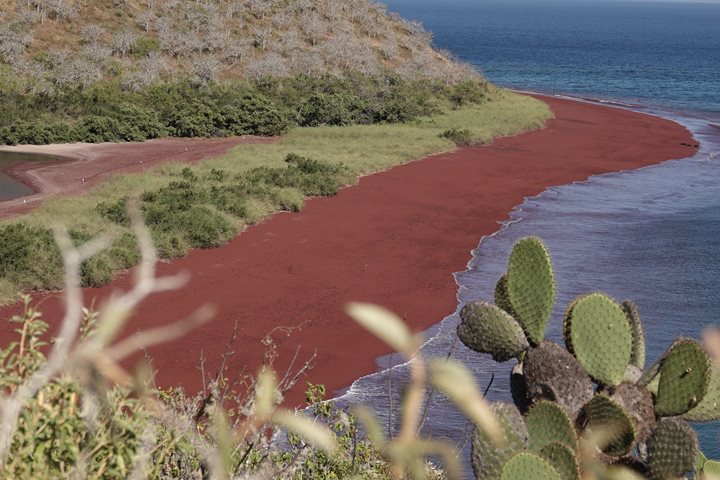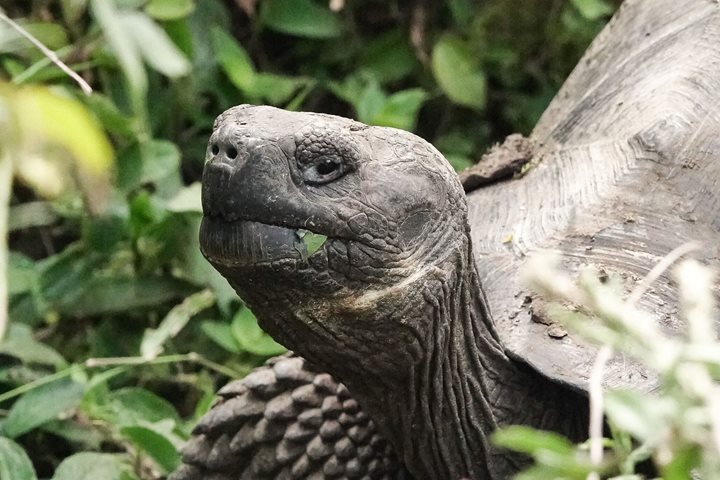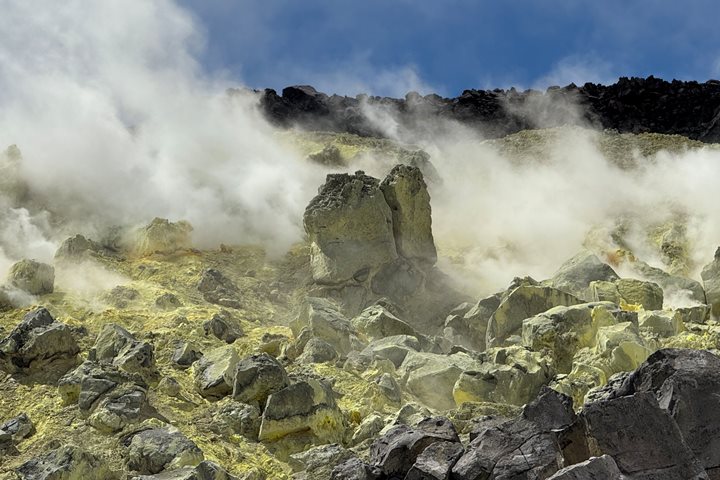Today we visited the island of Santiago. In the morning, we explored the coastline of Puerto Egas and spent some time on the beach observing the friendly creatures resting on the rocks.
In the afternoon, we explored Buccaneer Cove by kayaking, snorkeling, and Zodiac cruising. The western side of Santiago offered remarkable moments observing wildlife and great opportunities for photography.

